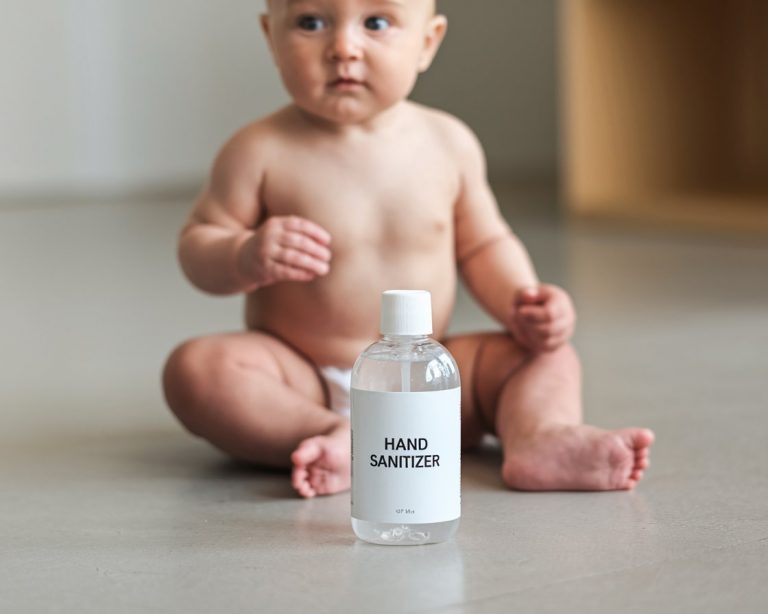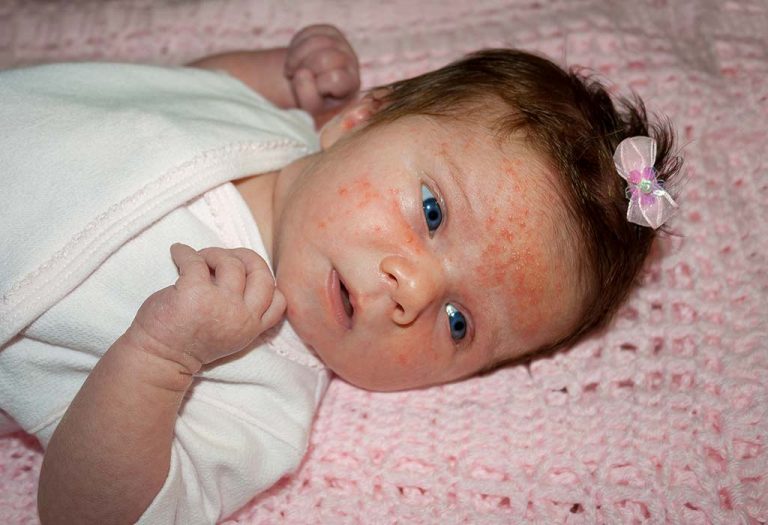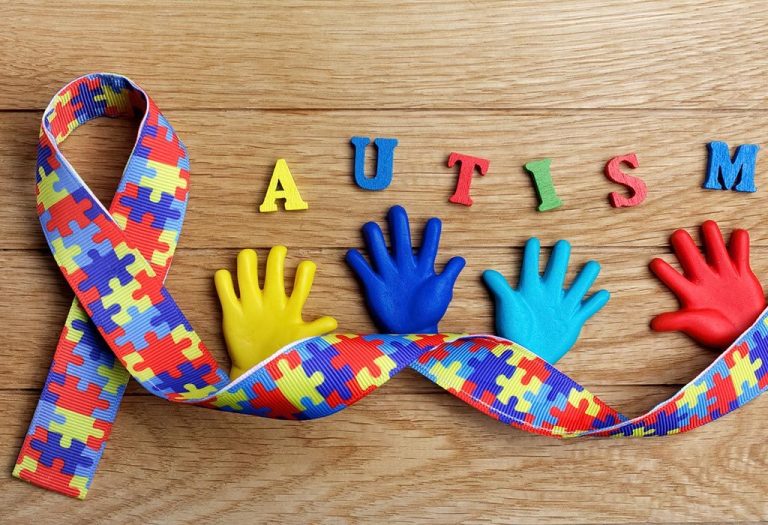How Your Baby’s Feeds Affects Their Poop
Let’s be honest—talking about baby poop isn’t exactly glamorous. But if you’re a parent, you know it quickly becomes one of the most important (and frequent) topics in the house. That little diaper tells a big story—about your baby’s digestion, hydration, and even their immune system. Surprising? Maybe. But it’s true.
In the early days, when your baby is breastfed, their poop can vary widely in colour and texture—from mustard yellow to seedy or even runny. That’s perfectly normal and often a sign that things are working just as they should. Breastmilk is easily digestible, so breastfed babies may poop more frequently (or sometimes not for days) and still be thriving.
But what happens when your baby is formula-fed—or if you’re using a mixed feeding approach? The story in the diaper can shift. Formula-fed babies tend to have fewer, firmer poops, and the colour may range from tan to greenish brown. The type of formula can influence these changes more than you might expect. So, how exactly does formula affect your baby’s poop—and what should you watch for?
How Your Baby’s Tummy Works
Babies have delicate digestive systems that are still developing. In the early months, their only source of nutrition is breastmilk (1). As they grow, their digestive systems mature as well. Breastmilk is designed to meet the nutritional needs of all babies exclusively till 6 months of age.
Breastmilk is nature’s perfect food. In the earliest breastfeeding days, mothers produce colostrum—a thick yellowish liquid rich in protein and immunoglobulins that supports the newborn’s immune system (2). Within a few days, colostrum transitions to mature breastmilk, which contains natural prebiotics and antibodies that protect against illnesses and support immune development. However, it is possible that some mothers are unable to sufficiently breastfeed their babies, and hence, they look out for suitable alternatives.
Formula, while a fantastic alternative, only begins to match breastmilk’s benefits when enriched with similar components, like prebiotics. The type of formula you give your baby can influence your baby’s digestive health and, yes, their pooping patterns. It is best to speak to your doctor to know more about prebiotics.
What Does a Healthy Poop Look Like?
Baby poop comes in many shades—from mustard yellow to green. Healthy, exclusively breastfed babies typically have soft, runny, seedy, or golden-coloured poop. Whereas, Formula-fed babies tend to have firmer and darker stools, but that doesn’t mean it has to be that way (3).
The Mayo Clinic outlines what’s typical in terms of baby poop colour and texture. Black or green stool shortly after birth is normal and consists of meconium (this is the first poop of the baby). Once that passes, you’ll likely see yellow-green stools. Seedy, mustard-yellow poop is common in breastfed babies. Formula-fed babies’ stools are usually firmer and range from yellow to tan, sometimes with a greenish tint. Green poop may look concerning, but is generally not a cause for alarm (4). But in case of any doubt, please contact your doctor immediately.
The Golden Poop
So, what is a “golden poop”? It’s yellow, soft, runny, and regular. As per the Bristol Stool Chart, the ideal poop for babies looks like a sausage or snake, smooth and soft. It signals good digestion and a happy gut—evidence that the milk is being processed efficiently and nutrients are being absorbed properly.
To better understand your baby’s poop, try using an AI Poop Checker Tool, which analyses stool consistency and colour for babies aged 0–2 years.
The Role of Nutrition in Your Baby’s Poop
The colour, texture, and frequency of your baby’s poop are directly affected by the type of nutrition they receive. Research shows that nutrients present in the formula can significantly impact your baby’s poop’s look and feel (5). Formula containing synbiotics can alter the gut microbiota to more closely resemble that of breastfed infants.
Synbiotics are a combination of probiotics and prebiotics. Probiotics are “good, friendly bacteria” that live in your gut. Whereas prebiotics are “food for these good bacteria”. They are not digested by your body but go straight to the gut and feed the good bacteria.
Breastmilk is naturally rich in prebiotics (and some amounts of probiotics), and now this benefit is present in certain infant formulas. The new-age infant formula contains probiotic species, such as bifidobacterium, and prebiotics, including galactooligosaccharides (GOS) and fructooligosaccharides (FOS).
A study published in 2017 found that synbiotic-supplemented formulas:
- Promoted the growth of beneficial bifidobacteria in the gut
- Encouraged stool patterns similar to those of breastfed infants
- Lowered the risk of respiratory infections, and the need for antibiotics and hospitalisation
- Reduced the risk of food allergies
- Supports immune system development
These ingredients are considered very safe, and studies show consistent positive effects. Adding synbiotics to infant formula brings it one step closer to mimicking breastmilk.
So, Why Choose Infant Formula With Synbiotics?
Here’s how your baby can benefit from infant formula with synbiotics:
1. Increased Immunity
Synbiotics increase the growth of bifidobacteria, ensuring a strong immune system.
2. Better Digestion
Synbiotics help to soften the poop and reduce the likelihood of constipation.
Keeping a close watch on your baby’s poop might seem like a weird thing, but it is one of the prime indicators of their gut health. Choosing the right formula, especially one with synbiotics, can ensure your little one’s gut health stays close to that of a breastfed baby.
References/Resources:
1. UNC Health Talk – How a Baby’s Digestive System Works, for Parents
2. Cleveland Clinic – Colostrum
3. Pregnancy, Birth & Baby – Poos and wees
5. PubMed Central – Prebiotics in infant formula
Also Read:
Watery Stool in Newborn
Abnormal Poos and Wees in Babies
Baby Poop: What’s Normal & What’s Not
Warning Signs Your Baby is Not Pooping Properly
Was This Article Helpful?
Parenting is a huge responsibility, for you as a caregiver, but also for us as a parenting content platform. We understand that and take our responsibility of creating credible content seriously. FirstCry Parenting articles are written and published only after extensive research using factually sound references to deliver quality content that is accurate, validated by experts, and completely reliable. To understand how we go about creating content that is credible, read our editorial policy here.






















